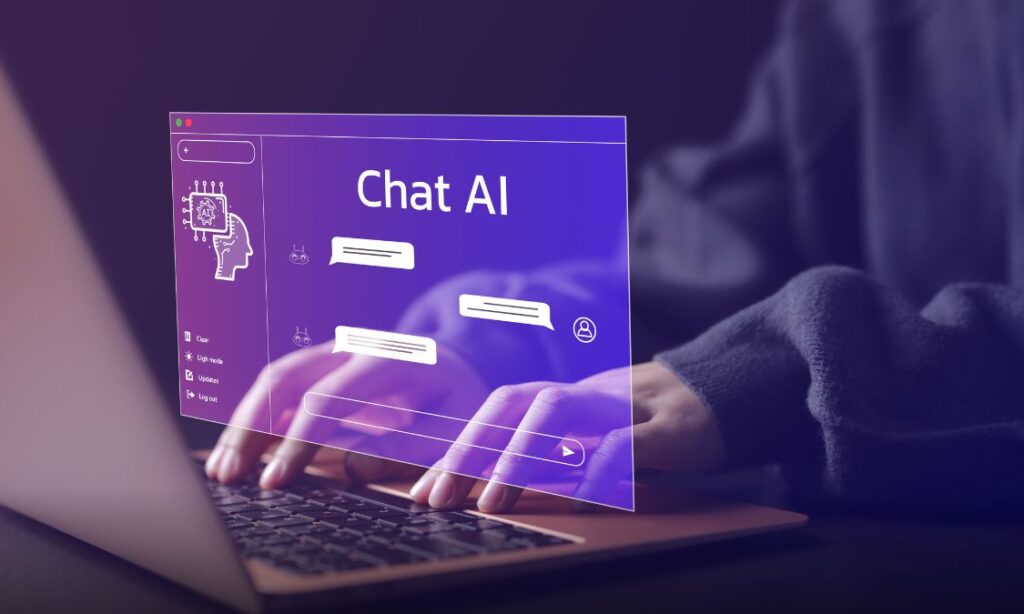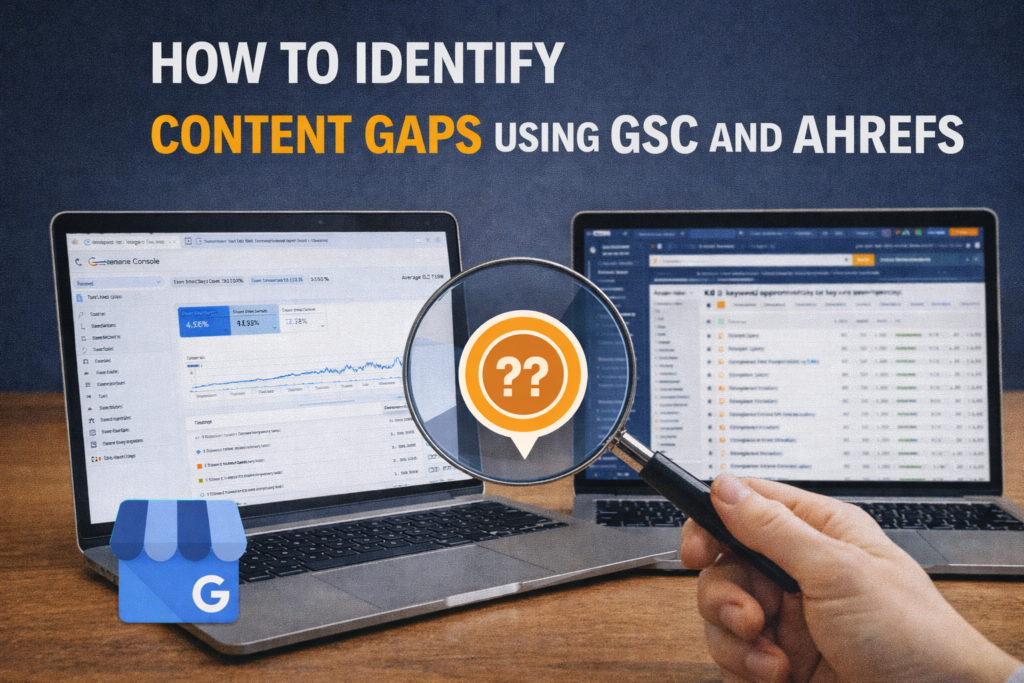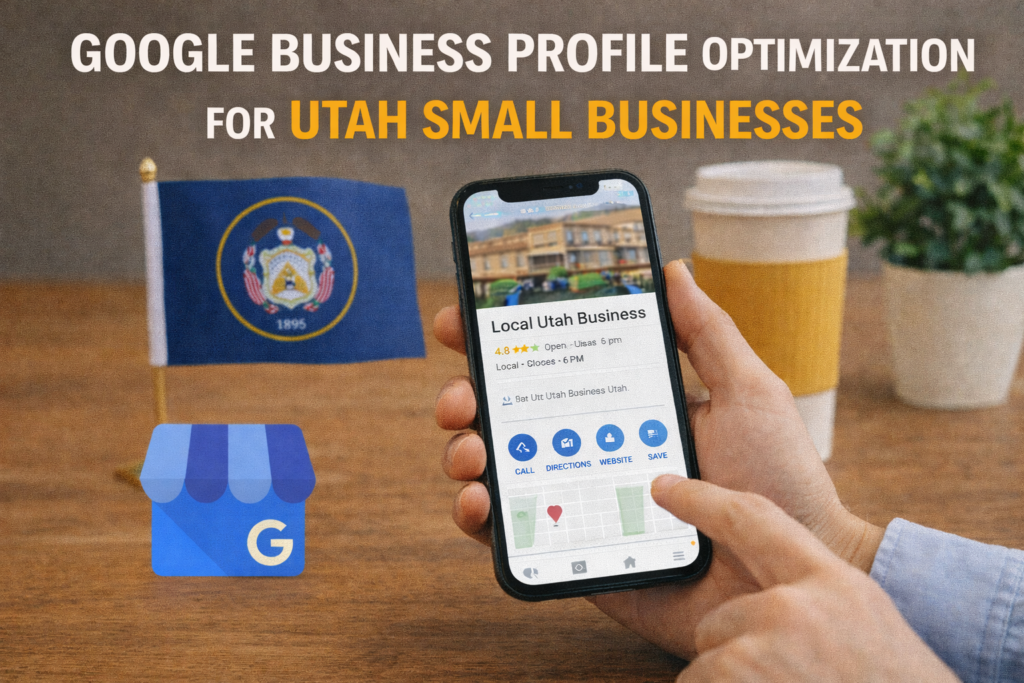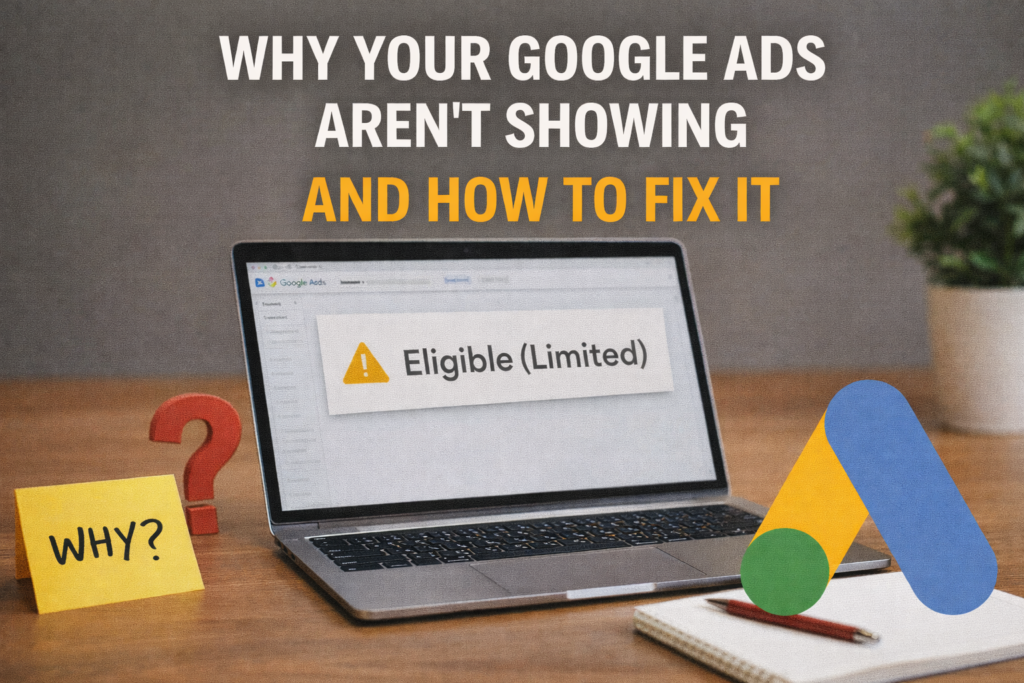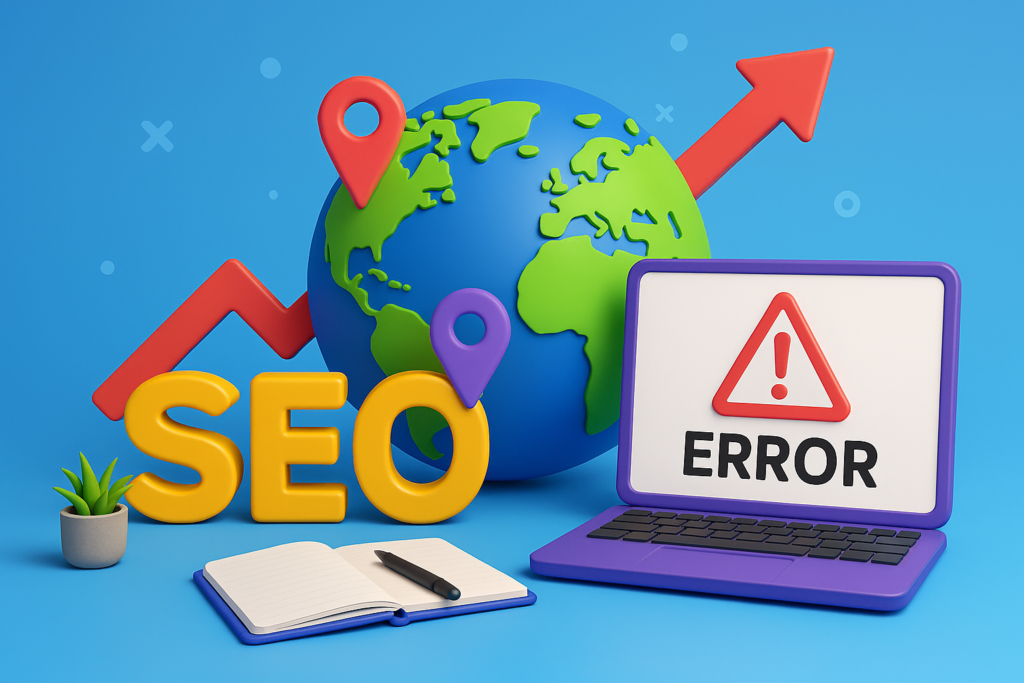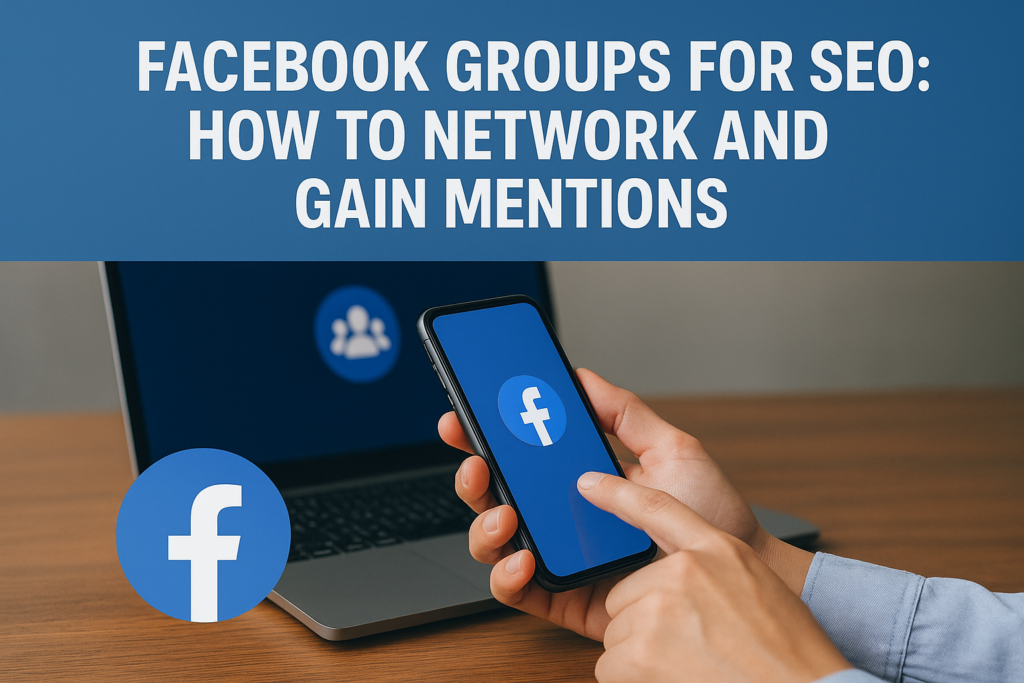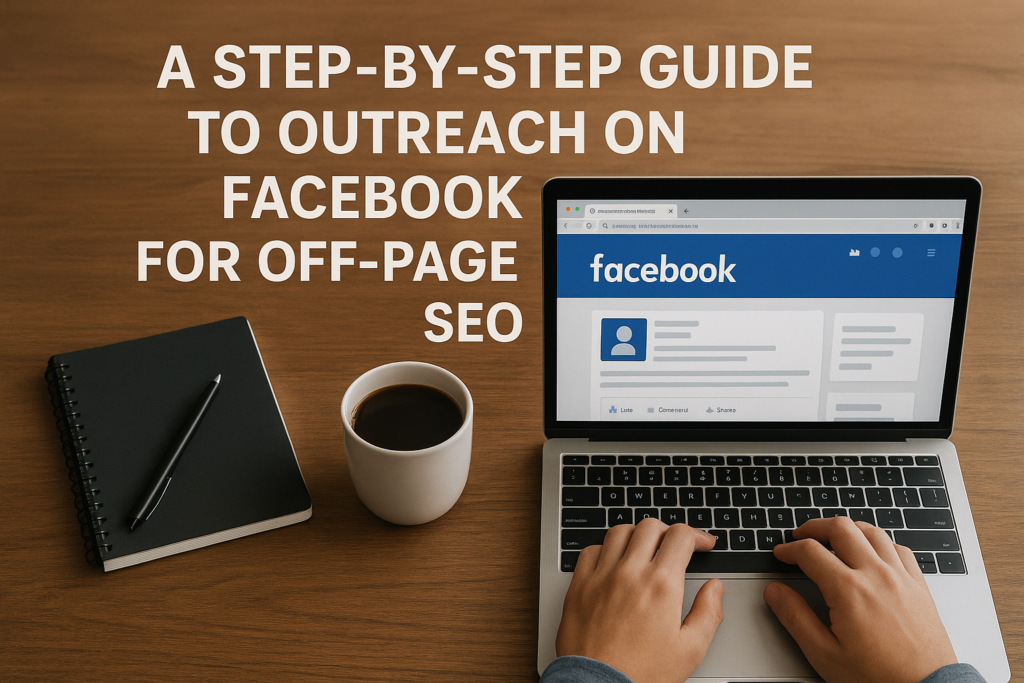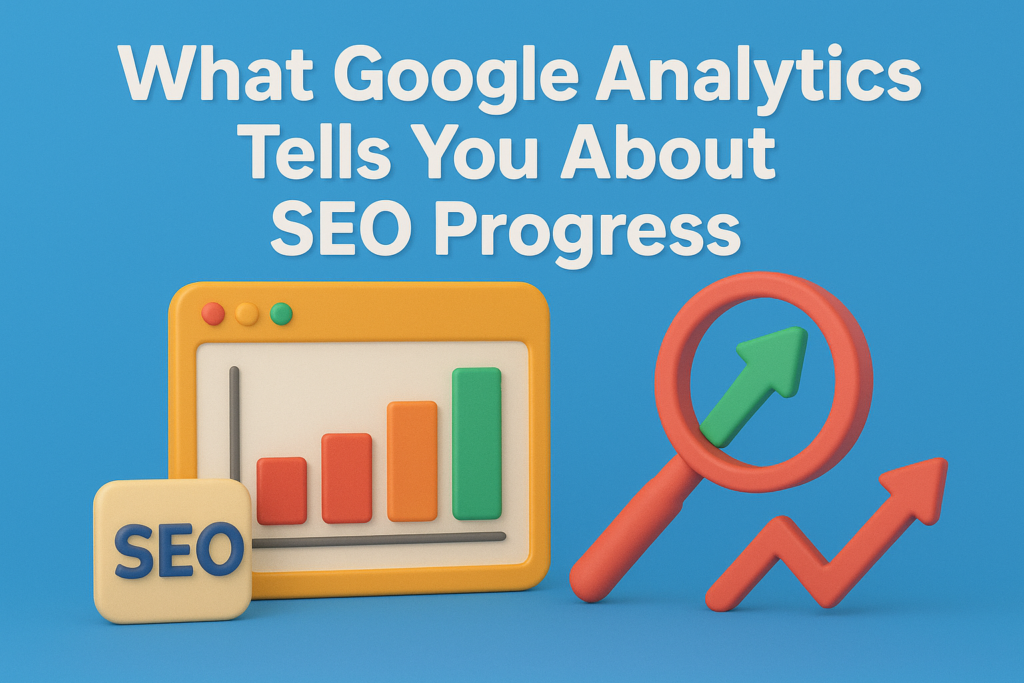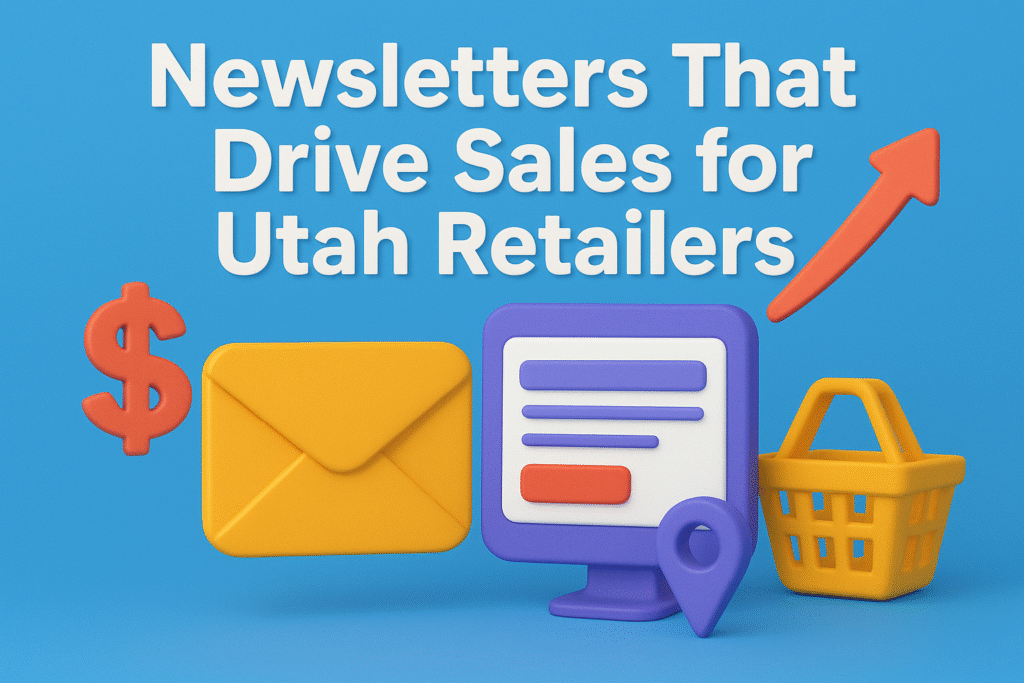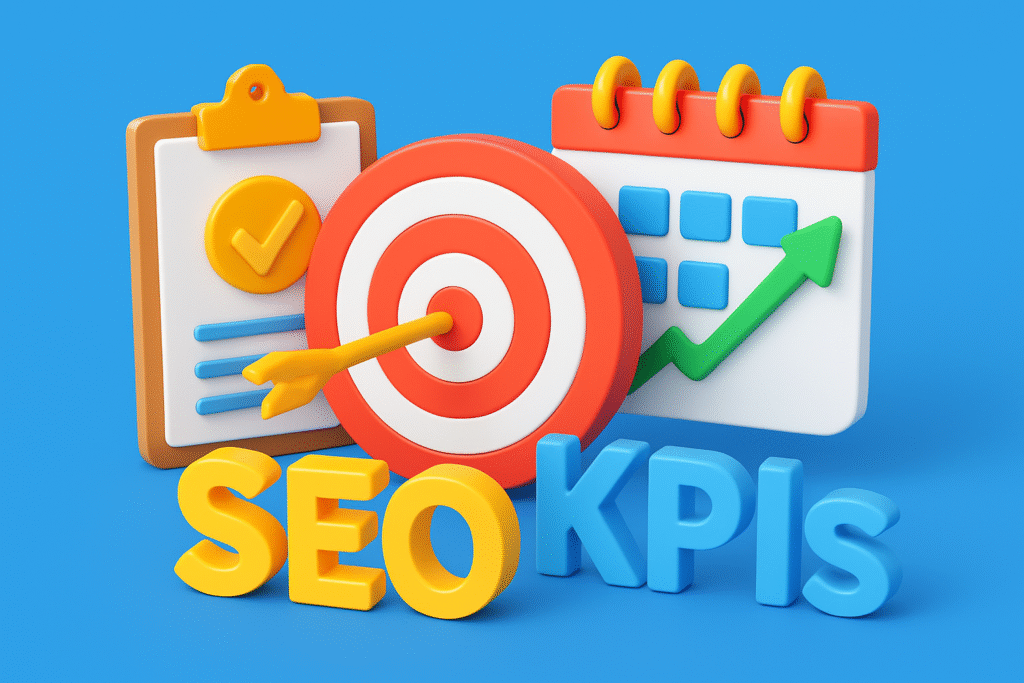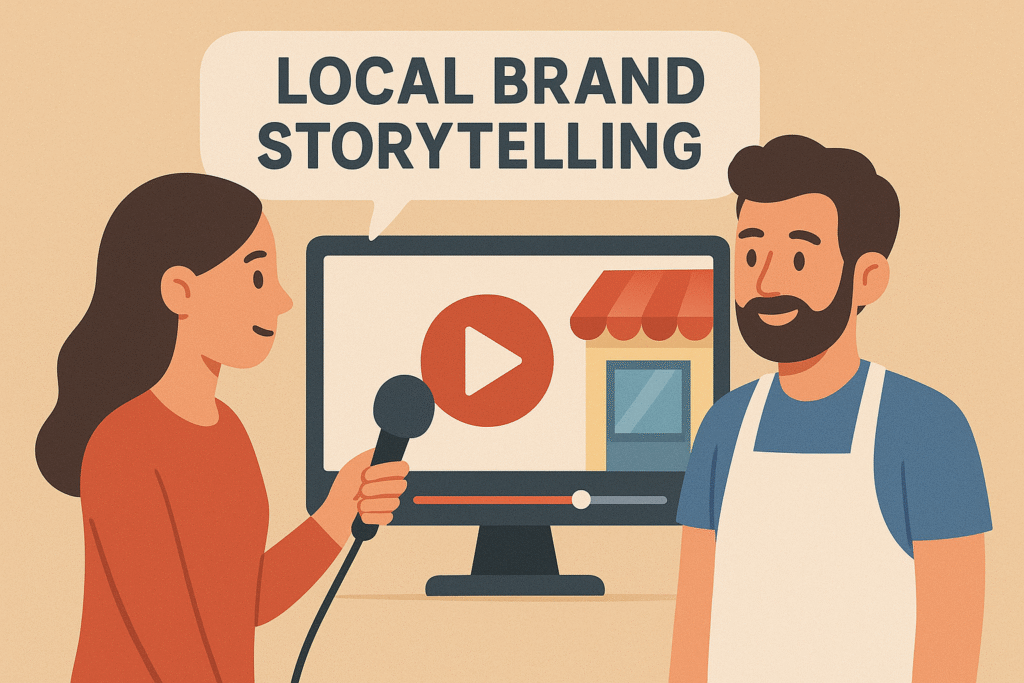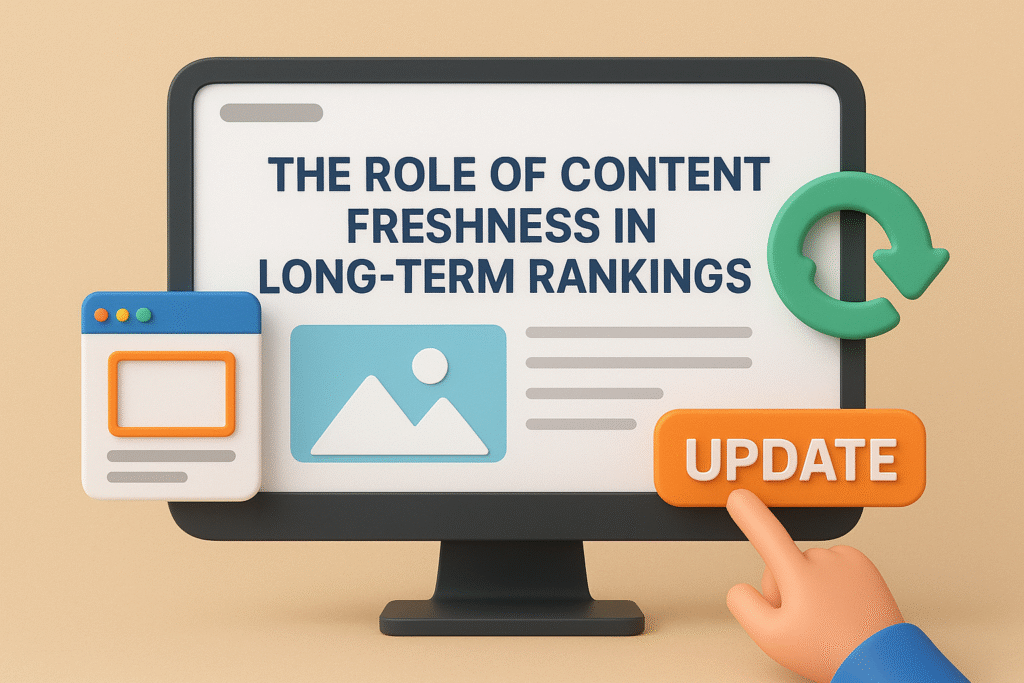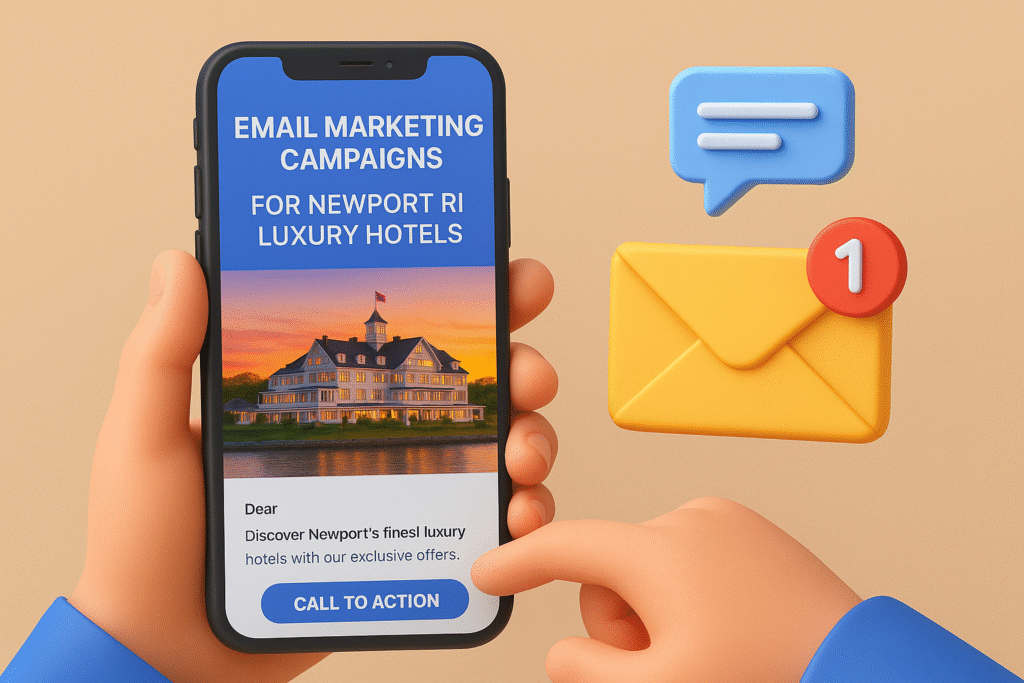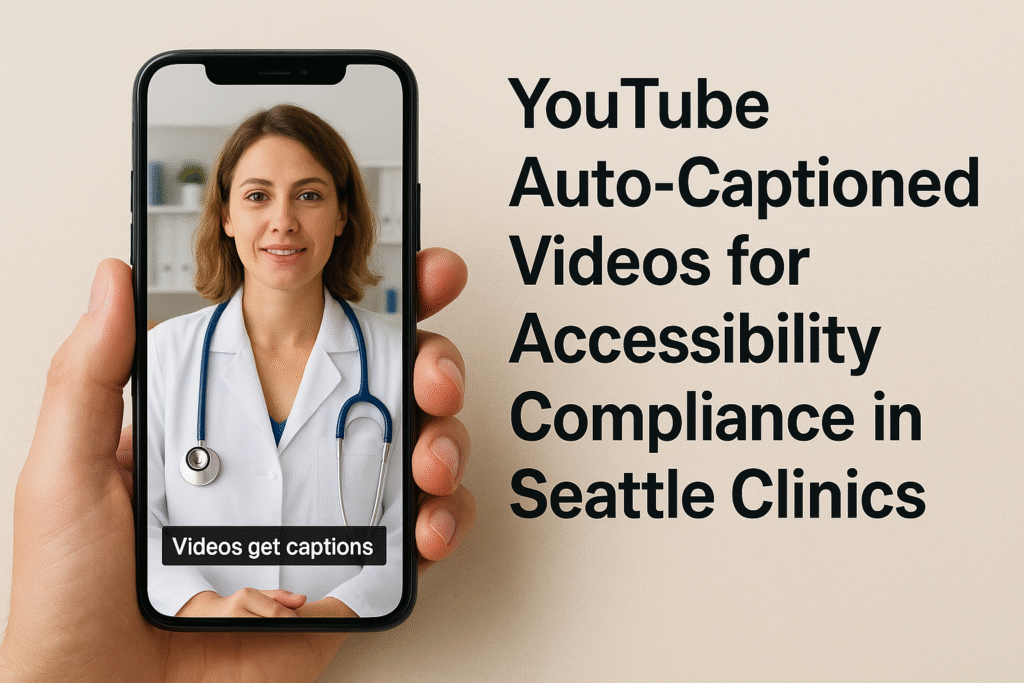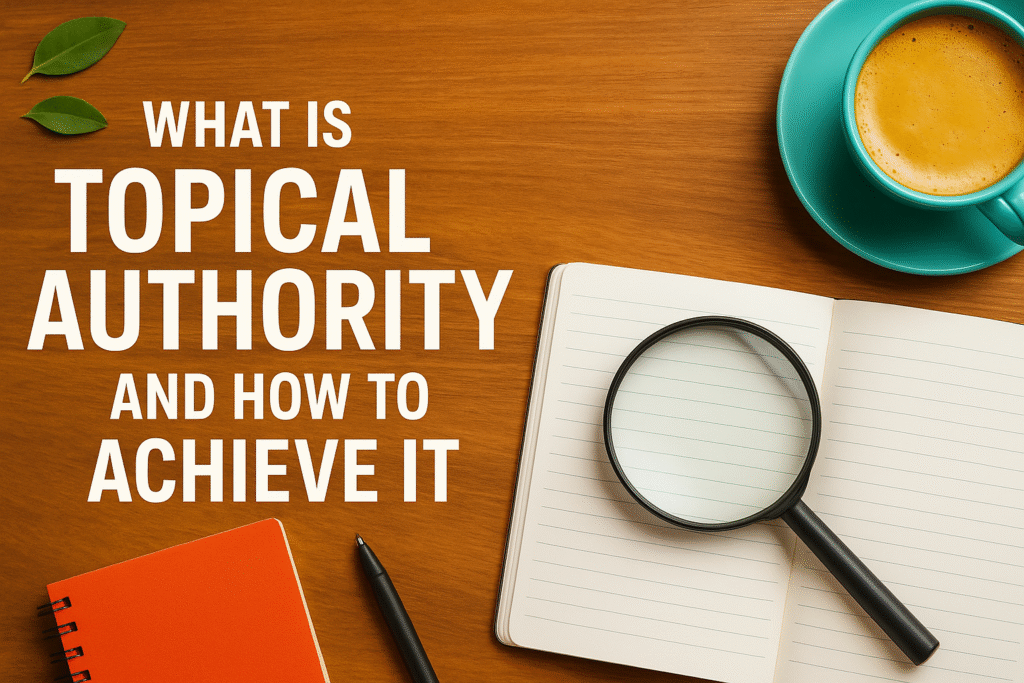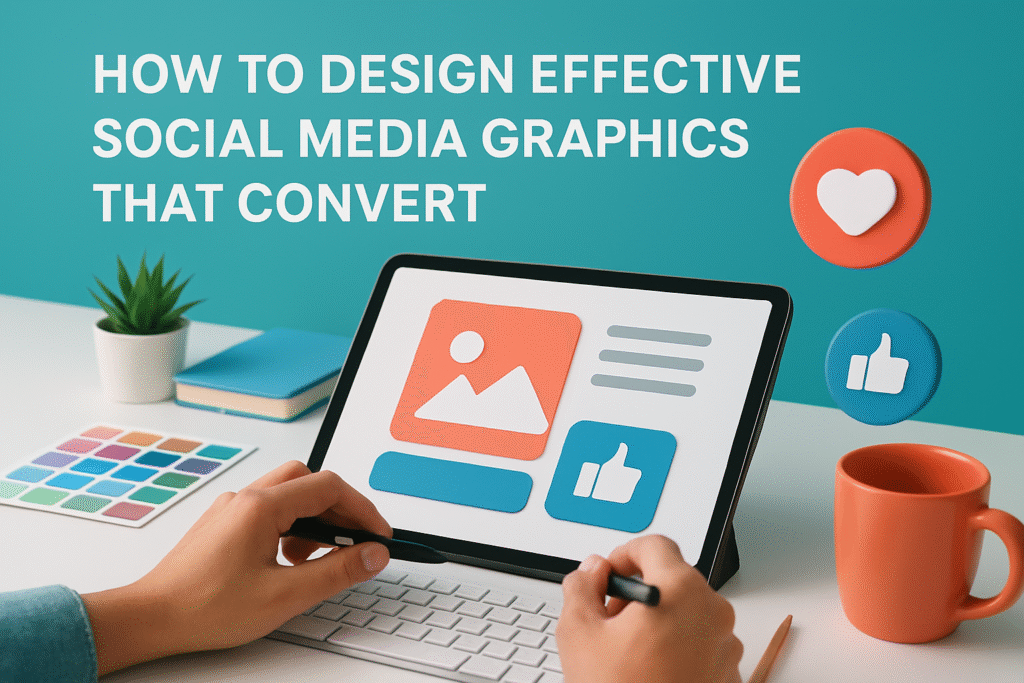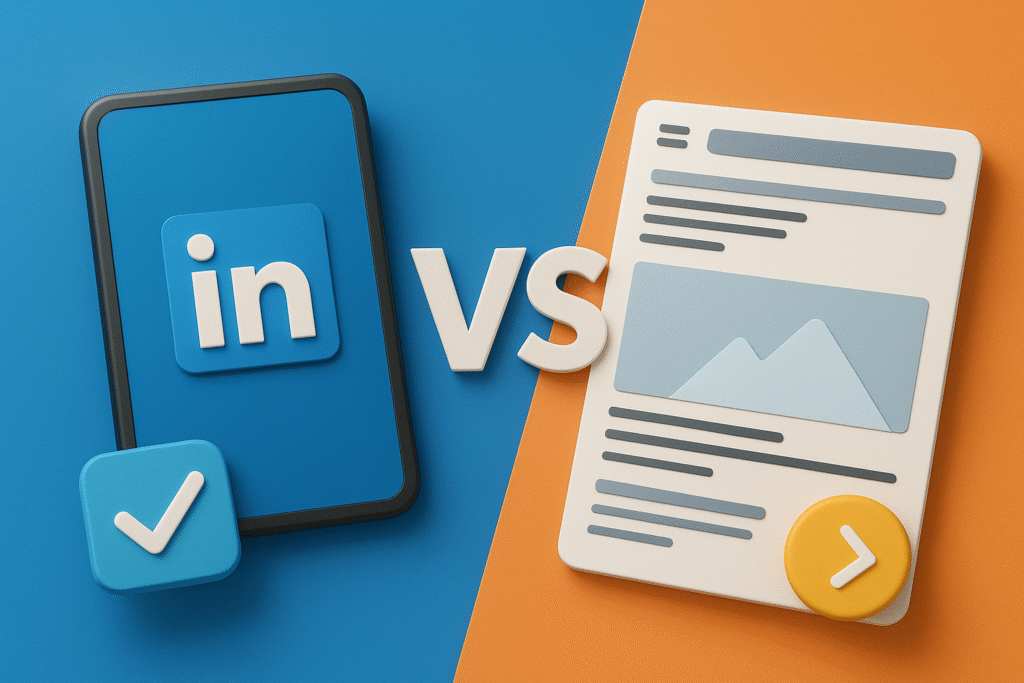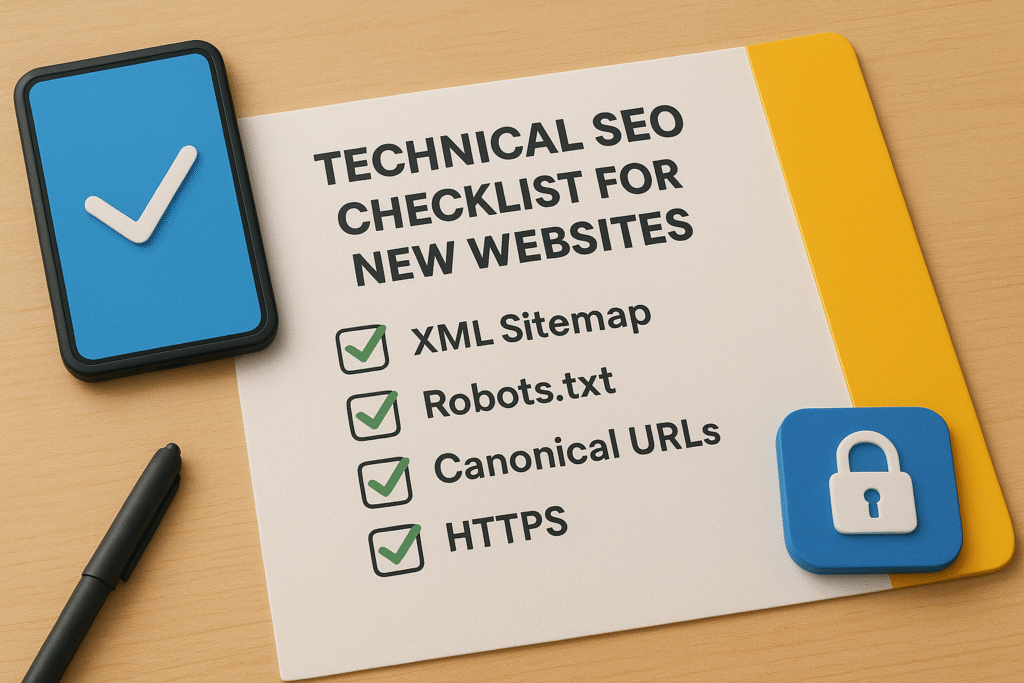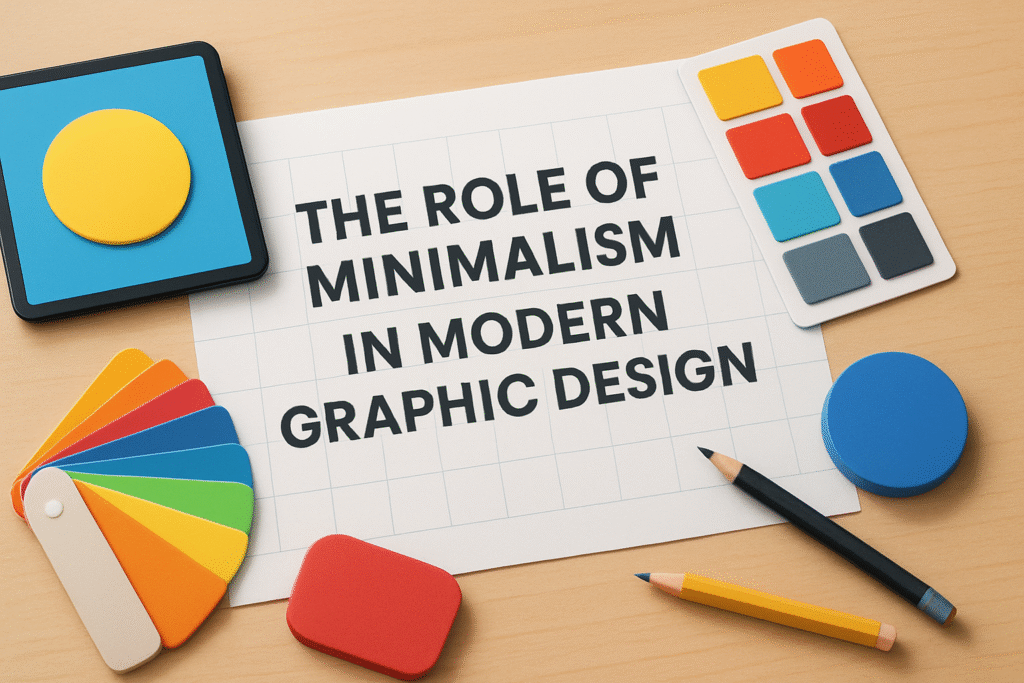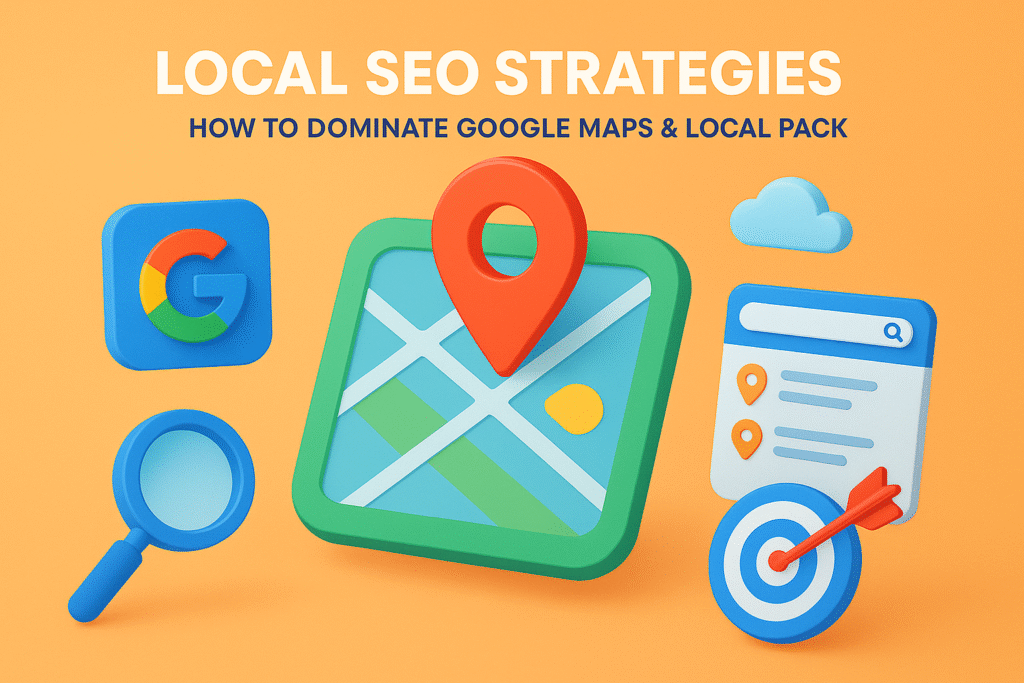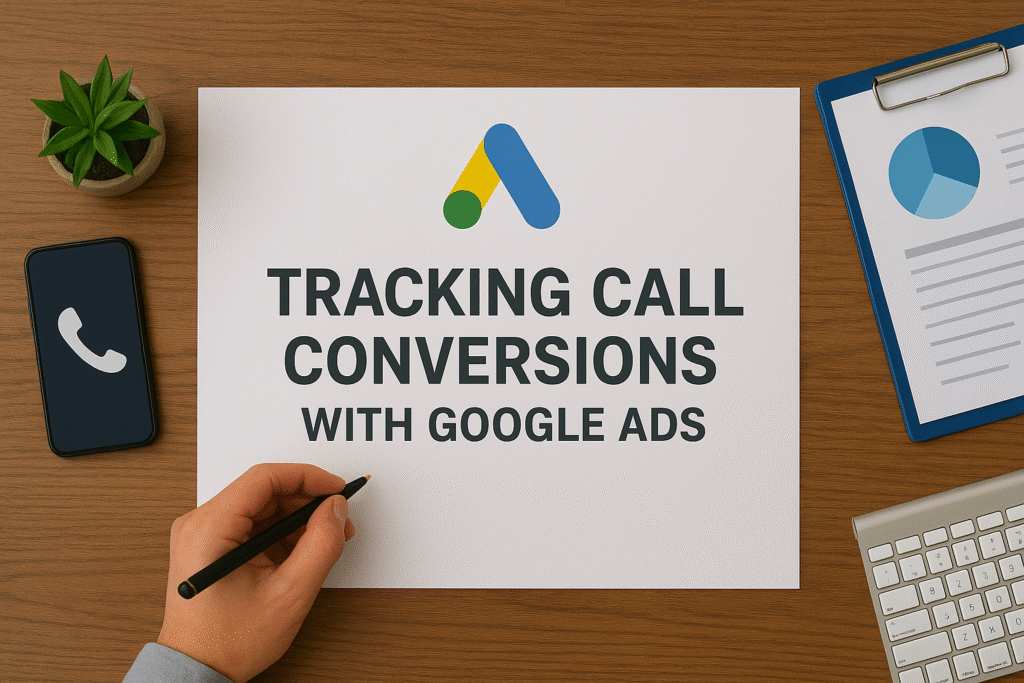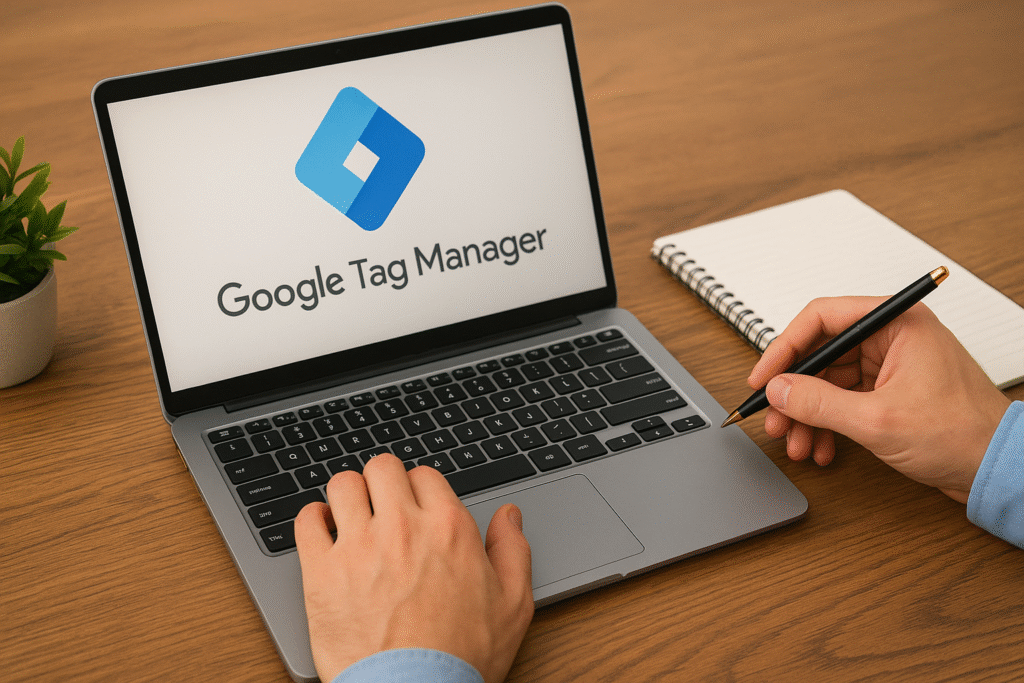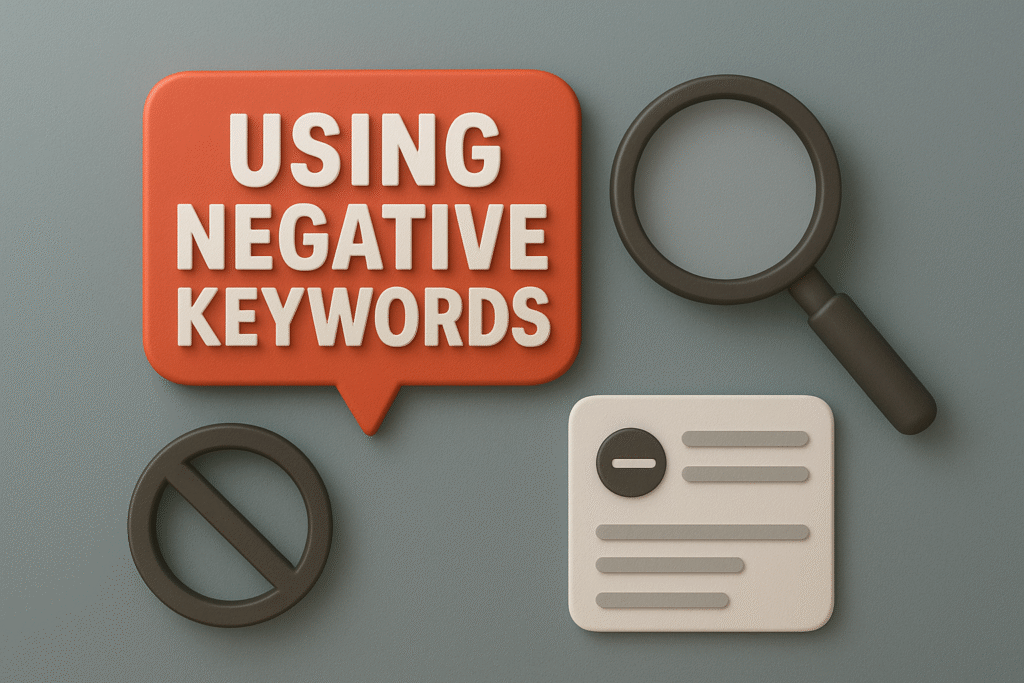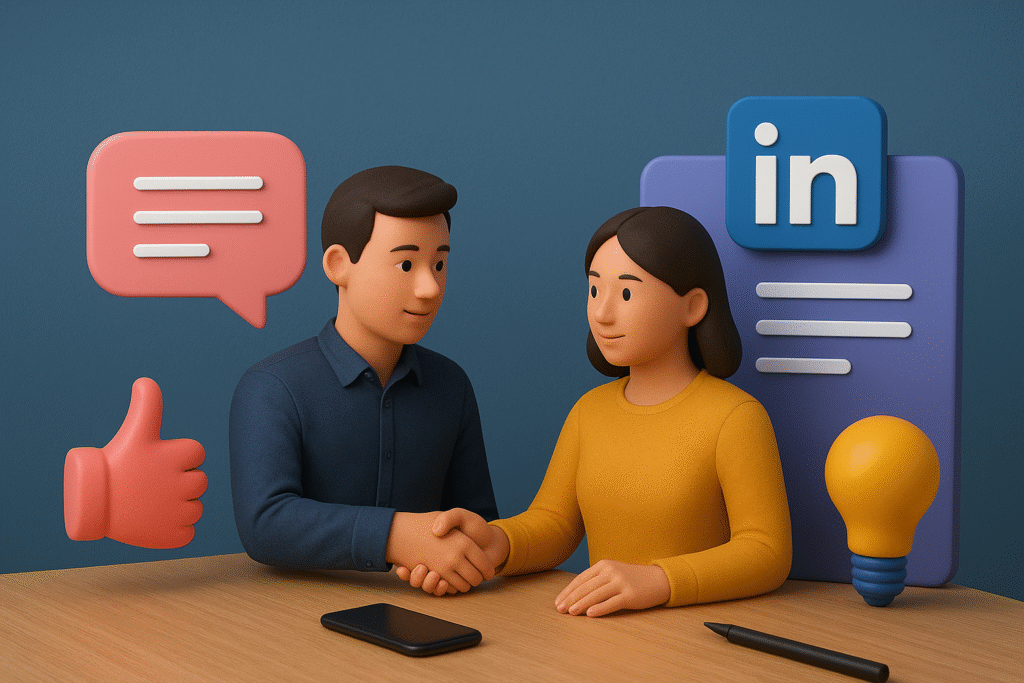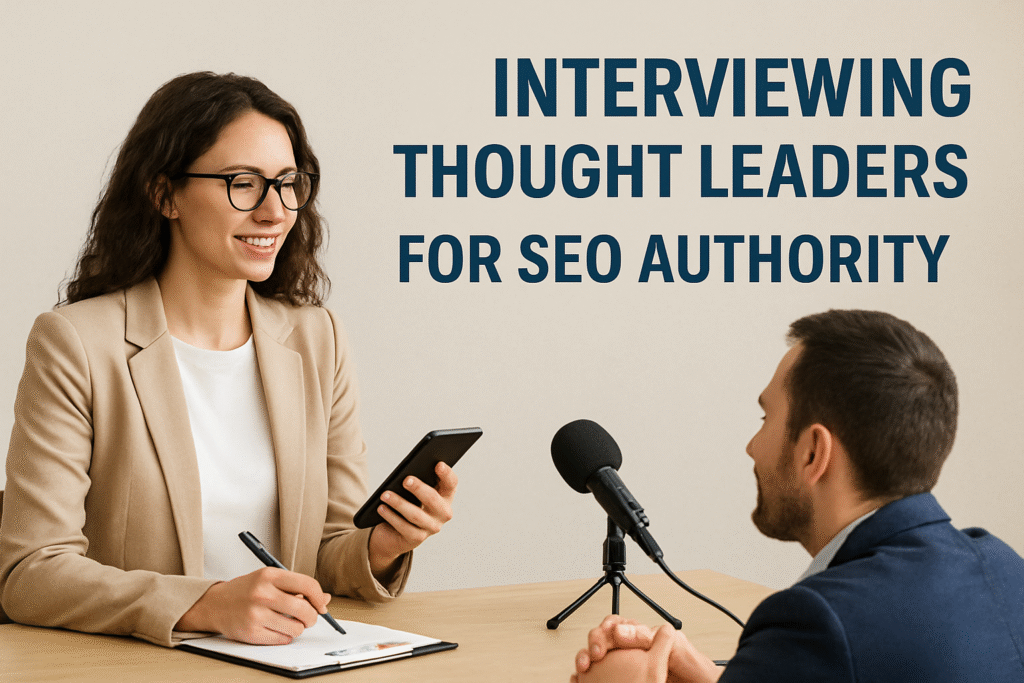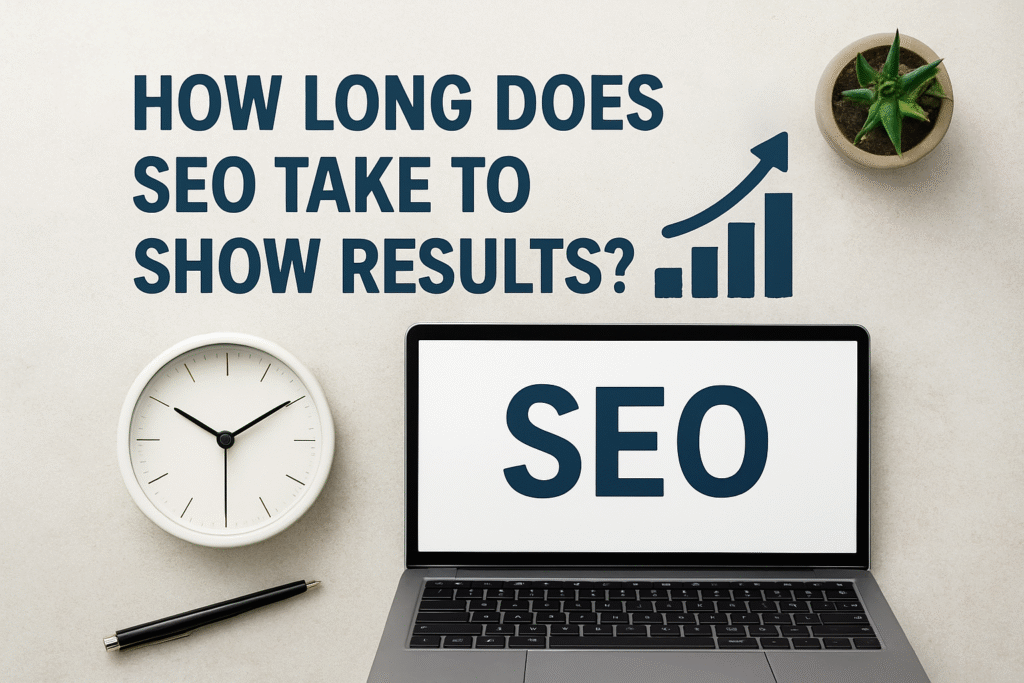I have been closely following the rapid evolution of artificial intelligence and its impact on content creation. It’s clear that AI is no longer a futuristic concept; it’s a present-day reality, especially when it comes to producing content at scale. AI-generated content for marketing is reshaping how brands communicate, but it also raises a crucial question: Should we embrace it or be cautious?
In my experience working with diverse clients and industries, I have seen both the immense advantages and the real limitations of AI content. As with any powerful tool, success depends on how thoughtfully it’s used.
What Is AI-Generated Content?
AI-generated content for marketing refers to text, images, or even videos created by artificial intelligence programs without direct human writing or designing. Tools like ChatGPT, Jasper, and Copy.ai are among the leading platforms that marketers are using today to generate blogs, ad copies, product descriptions, and even social media posts within minutes.
These tools rely on machine learning and natural language processing (NLP) models to understand input prompts and produce content that mimics human language. And believe me, the quality some tools can achieve today is incredibly close to what a human can produce.
Why AI-Generated Content Is Gaining Popularity
Having worked in digital marketing for years, I can confidently say that time is one of the most valuable assets. Here’s why marketers are rapidly adopting AI-generated content for marketing:
- Speed and Efficiency
AI can produce thousands of words within minutes, which is a game-changer for companies needing large volumes of content fast. - Cost-Effectiveness
While hiring skilled writers and designers remains essential, supplementing with AI content can reduce the budget, especially for first drafts or repetitive tasks. - Consistency Across Channels
AI helps maintain a consistent tone and style across multiple platforms. This is particularly helpful for brands with extensive marketing campaigns. - Idea Generation
Whenever I’ve felt stuck with writer’s block, AI tools have helped me brainstorm blog topics, outlines, or social media ideas quickly.
According to Gartner, by 2026, 80% of creative content will involve some form of AI involvement. That alone shows how integrated AI is becoming within marketing ecosystems.
Should You Fully Depend on AI for Your Marketing Content?
Here’s where I take a step back and urge caution. While the benefits of AI-generated content for marketing are undeniable, relying solely on AI has major downsides.
- Lack of True Creativity: AI can imitate but not innovate. Unique brand storytelling still requires human creativity.
- Risk of Generic Content: Without a real understanding of brand voice, AI content can sometimes feel bland or impersonal.
- SEO Challenges: Google has emphasized the importance of helpful, people-first content. Content made purely by AI without value could risk penalties. (Google Search Essentials)
- Ethical and Authenticity Concerns: Audiences are getting better at recognizing AI-written material, and it could hurt your brand’s authenticity if overused.
Pro Tip:
Always treat AI-generated content as a starting point, not the final product. Add your human touch, expertise, and voice before publishing to maintain originality and authority.
How I Personally Use AI in My Content Strategy
When it comes to integrating AI-generated content for marketing into my strategies, I use it carefully and strategically:
- Drafting and Ideation: I often use AI to create rough drafts, headlines, or first paragraphs to save time.
- Editing and Personalization: I never publish AI content without personal edits. Infusing personal experience and real-world examples is non-negotiable.
- Scaling Content Production: For large campaigns, AI helps me scale faster while maintaining quality with a rigorous review process.
I treat AI as a smart assistant, not a replacement for human creativity.
Best Practices When Using AI-Generated Content
Over the past year, I have established some best practices for responsibly using AI-generated content for marketing:
- Always Fact-Check
AI occasionally generates inaccuracies. I make it a point to verify any data or claims through trusted sources like Statista or Pew Research. - Maintain Brand Voice
Never let the robotic tone creep into your brand messaging. I create clear brand guidelines that I (and any AI prompts I use) must follow. - Optimize for SEO Properly
Just because AI can generate SEO content doesn’t mean it understands search intent. I always manually optimize keywords, internal links, and meta descriptions. - Focus on Value First
Before hitting publish, I ask myself: “Is this genuinely helping my audience?” If not, it doesn’t go live. - Combine AI With Human Creativity
The real magic happens when human creativity amplifies AI-generated foundations, not the other way around.
The Future of AI in Marketing Content
Looking ahead, I believe AI will only grow more sophisticated. Tools like OpenAI’s GPT-5 (when released) and Google’s Gemini will likely offer even more human-like writing capabilities.
However, brands that balance AI automation with authentic human storytelling will be the ones that stand out. Consumers crave real human connections, and while AI can assist, it can never fully replace that.
I foresee a future where AI handles more tedious tasks—data analysis, basic drafting, A/B testing—allowing marketers to focus more on high-level strategy, creativity, and emotional intelligence.
Conclusion
As someone who lives and breathes content strategy, my take is simple: AI-generated content for marketing is a powerful tool if used wisely. It can save time, scale output, and inspire creativity. But ultimately, it should support—not replace—the human voice behind your brand.
Use AI to your advantage, but never lose sight of the personal touch that makes your content unique and relatable.
If you found this perspective insightful, I encourage you to explore my detailed breakdown on The Role of UX Writing in Modern Content Strategy—it perfectly complements the discussion around how content should connect with users emotionally and effectively

